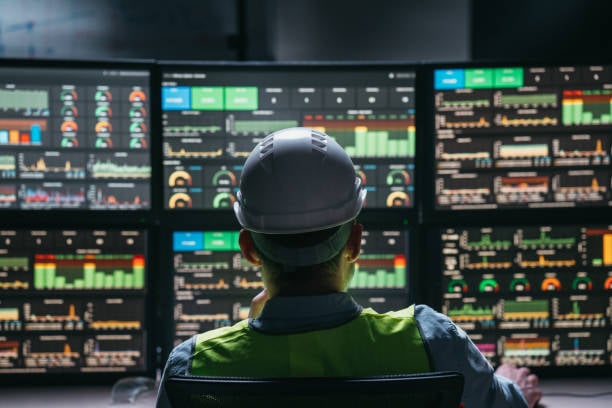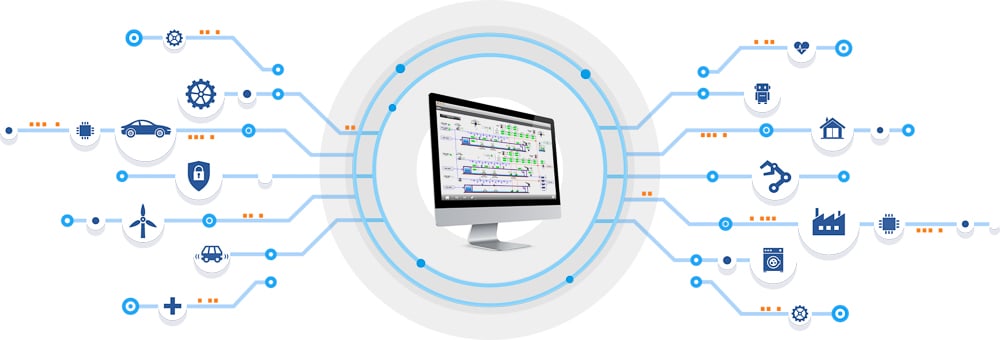Understanding the Basics: HMI vs SCADA
Posted by Travis Gaerke on
HMI and SCADA are both vital components of industrial automation, serving as the essential bridge between human operators and the automation system. They enable efficient control, monitoring, and management of automated industrial operations.
These terms frequently appear as central elements in controlling complex machinery and processes. Although both are critical components in most contemporary automated systems, they are not interchangeable. This article will explore the key differences between HMI and SCADA, clarifying the intricate relationship between these two technologies and illuminating their unique functions in the realm of industrial automation.
Understanding HMI
An HMI, or Human Machine Interface, is a user interface or dashboard that connects an operator to a machine, system, or device. In industrial automation, HMIs play a critical role in enabling real-time interaction between humans and machines. They are used in control panels for managing operations, monitoring processes in real-time, and directly interacting with automated machines. Employing an HMI in industrial settings offers numerous benefits, such as increased operational efficiency, enhanced safety, improved data management, and a more intuitive interface for operators.
Understanding SCADA
SCADA, or Supervisory Control and Data Acquisition, is a system consisting of software and hardware elements that allows industries to control processes, monitor and gather data in real-time, and interact directly with devices like sensors, valves, pumps, motors, and more. A SCADA system comprises essential components, such as hardware devices for data acquisition, software for data processing and control, and a user interface for system interaction. Utilizing SCADA systems offers various benefits, including centralized control of distributed systems, efficient data collection and processing, enhanced process quality, and predictive maintenance capabilities.
The Difference Between HMI and SCADA
In an industrial automation system, the HMI serves as the front-end interface enabling human-machine interaction, while the SCADA system provides the overarching control and data acquisition framework. Although there is some overlap, the functions and capabilities of HMI and SCADA are distinct. HMIs primarily focus on providing an interface for human-machine interaction, while SCADA systems deliver a more comprehensive solution that includes data acquisition, control, and analysis. Concerning their roles in industrial automation, HMIs facilitate direct control and monitoring of machines, whereas SCADA systems oversee broader control of entire processes or facilities. Despite their differences, HMI and SCADA often complement each other in industrial automation, offering a complete solution for control, monitoring, and data management.
Discover the Potential of HMI and SCADA in Your Operations
We invite you to visit the CIMON website and explore our HMI Xpanel series and Ultimate Access SCADA software to unlock the full potential of these technologies in your industrial operations. By integrating HMI and SCADA systems, you can optimize control, enhance monitoring capabilities, and streamline data management, driving efficiency, safety, and overall performance improvements across your entire facility. Don't miss out on the opportunity to elevate your industrial automation capabilities - experience the power of HMI and SCADA technologies today.


